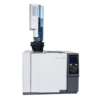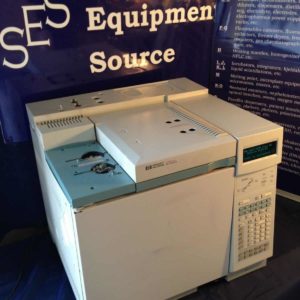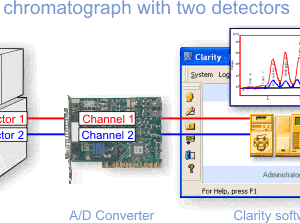GC-FID-HS, Agilent 6890 with 7694 system for Terpenes analysis, Refurbished.
Agilent 6890 with 7694 system for Terpenes analysis, Refurbished
GC-FID-HS,
Including computer and sotfware
Description
GC-FID-HS, Agilent 6890 with 7694 system for Terpenes analysis, Refurbished
Terpenes have high vapor pressures, are extremely volatile, and thus are excellent candidates for static headspace gas chromatography (GC) analysis. Headspace solid-phase microextraction (HS-SPME) offers a low cost and easy alternative to traditional headspace methods. It has been used for both qualitative and quantitative determination of terpenes in a wide variety of matrices, including various foods, beverages, and plant materials
Terpenes are small molecules synthesized by some plants. The name terpene is derived from turpentine, which contains high concentrations of these compounds. Terpene molecules are constructed from the joining of isoprene units in a “head-to-tail” configuration. Classification is then done according to the number of these isoprene units in the structure. For example, monoterpenes contain two units, and sesquiterpenes contain three. The structures of terpenes can be cyclic or open, and can include double bonds, and hydroxyl, carbonyl, or other functional groups. If the terpene contains elements other than carbon and hydrogen, it is referred to as a terpenoid (1). Well known for their characteristic flavors and fragrances, terpenes are contained in the derived essential oils of cannabis. Cannabis contains more than 100 different terpenes and terpenoids, including mono-, sesqui-, di-, and triterpenes, as well as other miscellaneous compounds of terpenoid origin (2). Different cannabis strains have been developed that contain distinct aromas and flavors, which is a result of the differing amounts of specific terpenes present (3). The analysis of cannabis for terpene concentrations can be applied to strain identification, referred to as fingerprinting, and for concentration accuracy when applied to medicinal treatments.






